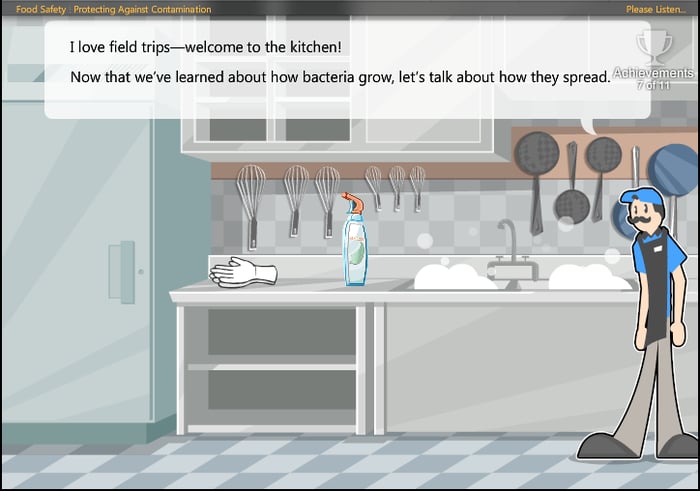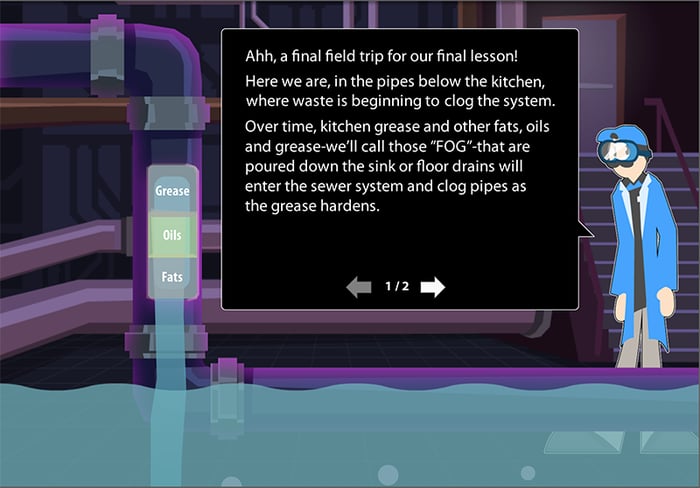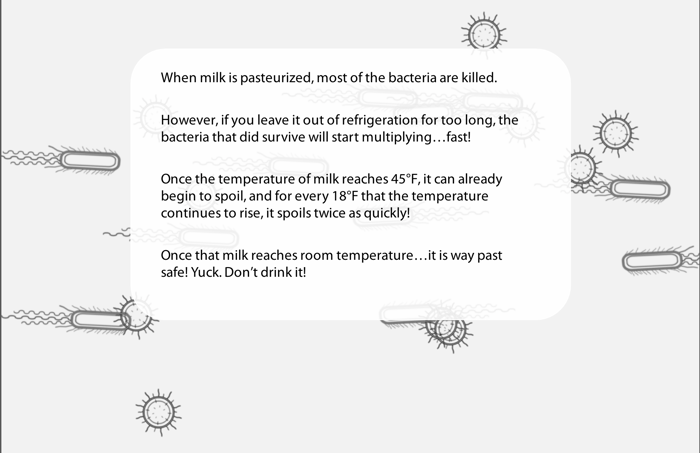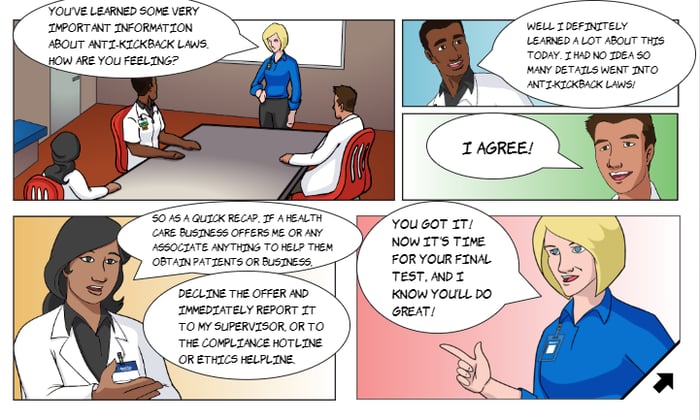Someone once said, “Laughter is the best medicine.” We’re not really sure who that someone was, but we thought they had a great point and it makes for a pretty catchy opening statement. When you can find the humor or fun in something, you’re more likely to engage with it and not think about the whole “mandatory learning or taking your medicine” part.
The power to pull your learners in with a smile, or even an abrupt guffaw, adds playful moments that keep them engaged with the training so they can internalize what they’ll need on the job. There’s more than one way to achieve these moments of levity: little, eccentric twists to your work, breaks for playful lines in the script, and even a few laugh-out-loud moments.
Not convinced? Take it from the experts.
As TED Speaker Andrew Tarvin explains it, memorable, playful engagement isn’t just something that’s “nice to have.” In our modern culture, it’s a necessity to any kind of learning—the kind of valuable tool that increases learning and understanding across the board.
There’s a scientific basis to it, too. Naomi Bagdonas, a Stanford Graduate School lecturer in management, found that laughter actually introduces dopamine in the reward center of the brain—and this in turn leads to deeper focus and long-term retention.
Learning and understanding are the baseline results we want—they lead to the growth and development we’re looking for in our learners. But we can’t achieve any of that without consistent focus and long-lasting retention, which is where engaging and memorable content comes in: it helps learners recall the important points of the learning long past the punch line.
How do I get started?
You might be wondering, how in the name of L&D do I get started with writing a fun training that people will remember? Don’t worry—you don’t have to be an entertainer at heart to do this right. Here are some tips to get you started:
Tuning your theme:
Before all else, the first thing you’ll want to brainstorm is your theme. Brainstorming a solid idea and/or image to shape things around will help you keep things consistent as you shift to writing and imagery. For instance, in a Food Safety training we developed, the entire theme was conceptualized around a professor named “Gene.” (You know, as in "Hi, Gene!" …You get it).
The learner follows along with Gene as he visits a laboratory, kitchen, and classroom; all while teaching safe food-handling. Setting everything else up—quirky writing, visuals, voiceover, and so on—was a cinch once we had our theme and knew how to build a story with it.

Be sure to keep your audience in mind when you brainstorm your theme. Fast pacing and modernisms may be exactly what some of your learners need, but the same thing may leave others confused, disconnecting them from the experience. Your most reliable solution will be to find a strong middle ground: the sort of writing that all groups will enjoy and no one will struggle through. Jokes that only refer to pop culture references may not be the best approach in these instances.
Crafting your script:
Your script doesn’t need to be a roller coaster of entertainment through and through.
It can help to set some boundaries for yourself. When you’re explaining critical on-the-job skills or protocols, it’ll probably make sense to limit—but not lose—the fun stuff. For example, when you’re writing an opening statement, you might try for a quirky pun, rhyme, or anecdote to grab on to the audience’s attention. Strong initial engagement leads to better long-term learning—as this article explains, “a successful hook will transform the learners’ motivation in such a way that it becomes underpinned by a renewed and genuine interest in the course material.”
What about when you need your audience to learn and retain a set of important steps or rules? Not to worry: acronyms are your friend. Take a few minutes to brainstorm a smart acronym that’ll stick and stay stuck in your trainees’ heads—like “FOG” for “Fats, Oils, and Grease".

Also have a chat with your team about direction: do they already have brand characters, personalities, or punny taglines that you can fit into your own scripts? This can help you hit two targets at once—you can emphasize your brand AND get a head start on the engagement you want to cultivate.
Here’s an example of writing in action: By scripting Gene from our Food Safety training in a more informal teaching manner, our voiceover was able to carry his persona the rest of the way, adding some quirky fun to an otherwise un-fun, unappealing topic, all while highlighting the importance of safe food handling on the job.

Picturing your visuals:
Your visuals will play into the theming for engaging content—you’ll want to ensure what your learners see is a good match for the overall tone you’ve established.
If your tone is whimsical, maybe your solution is more cartoony graphics and animations. If your tone leans towards more serious, but with the occasional break for lightheartedness, maybe you’ll have a funny photo or two complement those playful breaks in writing. By thinking in this dimension, you’ll reinforce the strength and staying power of your training’s identity, creating a welcoming, engaging environment for your learners.
 Another example of how a unique visuals can take a serious topic and make it more engaging.
Another example of how a unique visuals can take a serious topic and make it more engaging.
Also work to collaborate with other teams or business units to find other possibilities for incorporating visual playfulness:
- Are there fun colors to incorporate that align with the company brand?
- What fonts are preferred?
- Is there an existing mascot or character that can be used?
Collaboration is the keyword here: if everyone’s come to an agreement, it’s more likely everyone will be satisfied with the final product. Your collaborators might also have existing assets to share, or their own ideas for flair.
As Victor Borge says, “Laughter is the shortest distance between two people.” He’s talking about eLearning! We’d like to think he is anyway. Got your own ideas for introducing playful moments in instructional design? We’d love to hear them! Feel free to share them in the comments section below.
Try out our Food Safety Training Module yourself with the demo below:
Looking for more inspiration? Check out these articles!
20 Creative Ideas to Inspire Your Next eLearning Project


